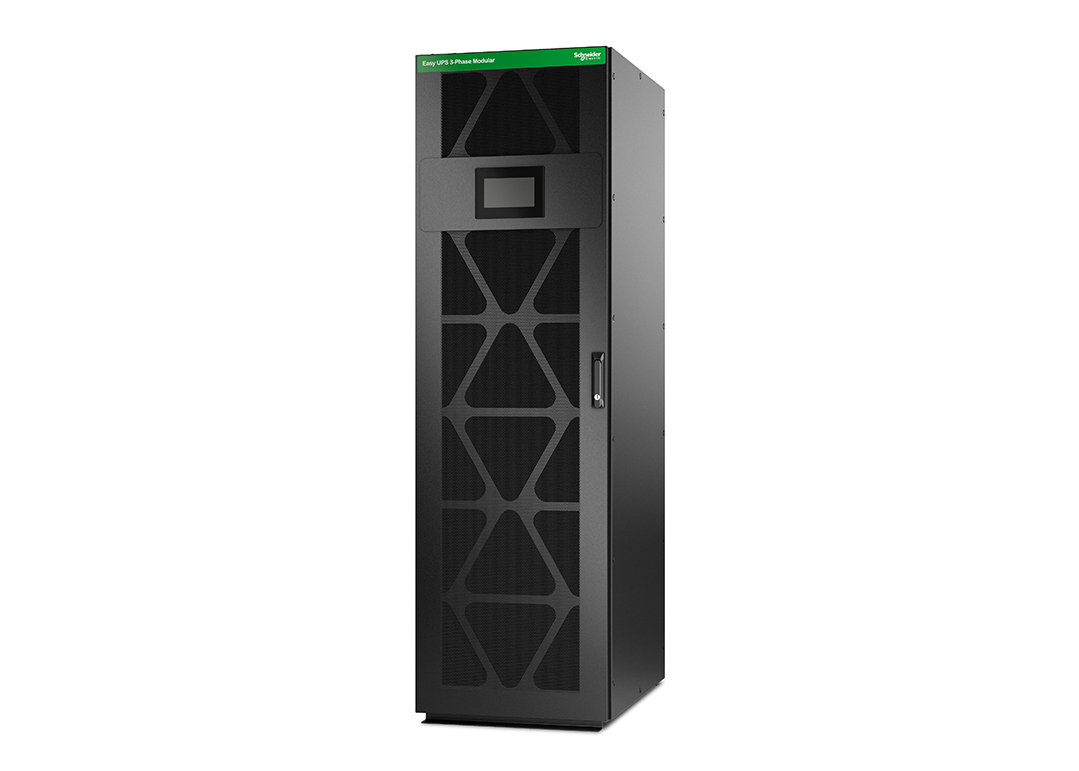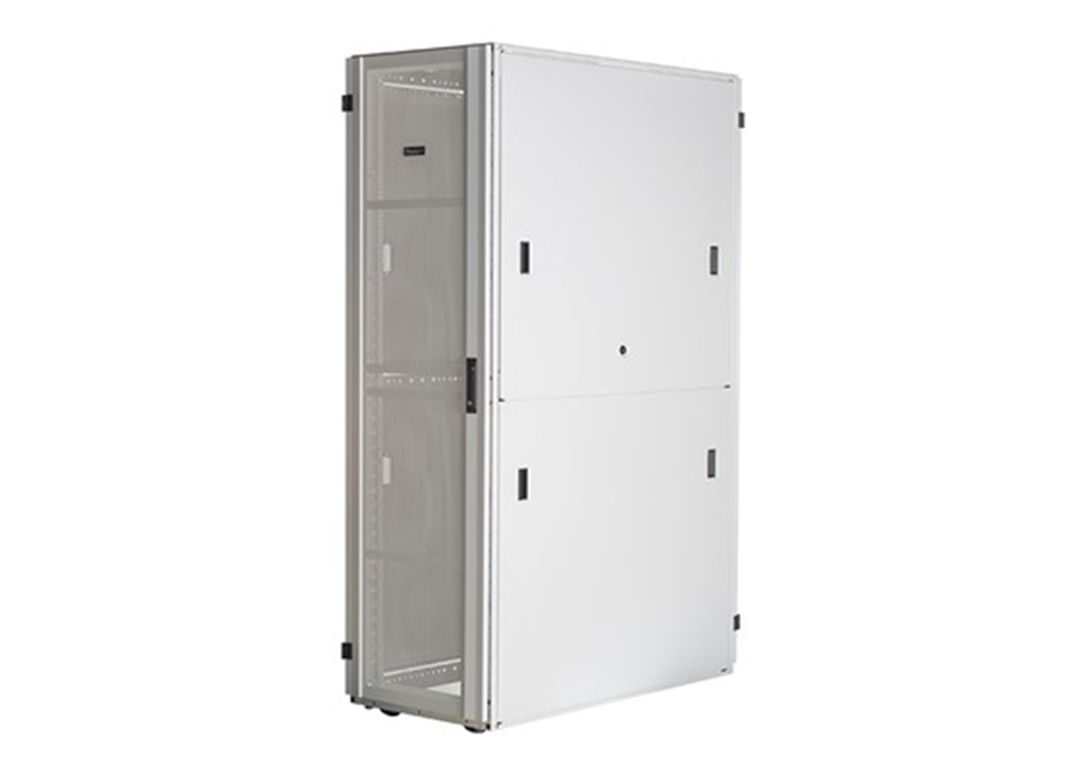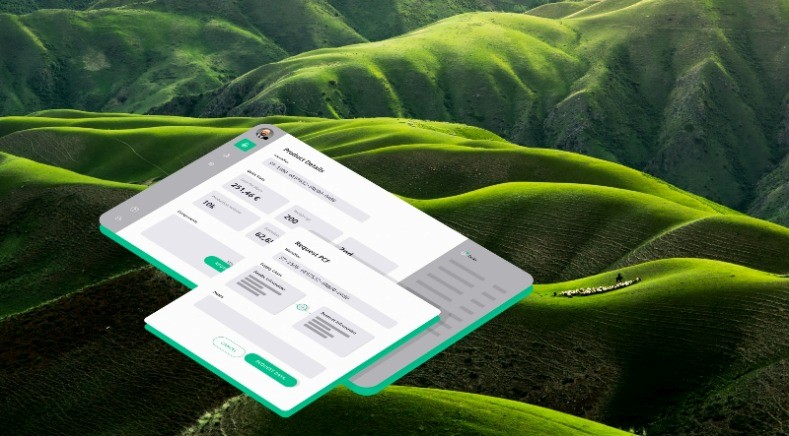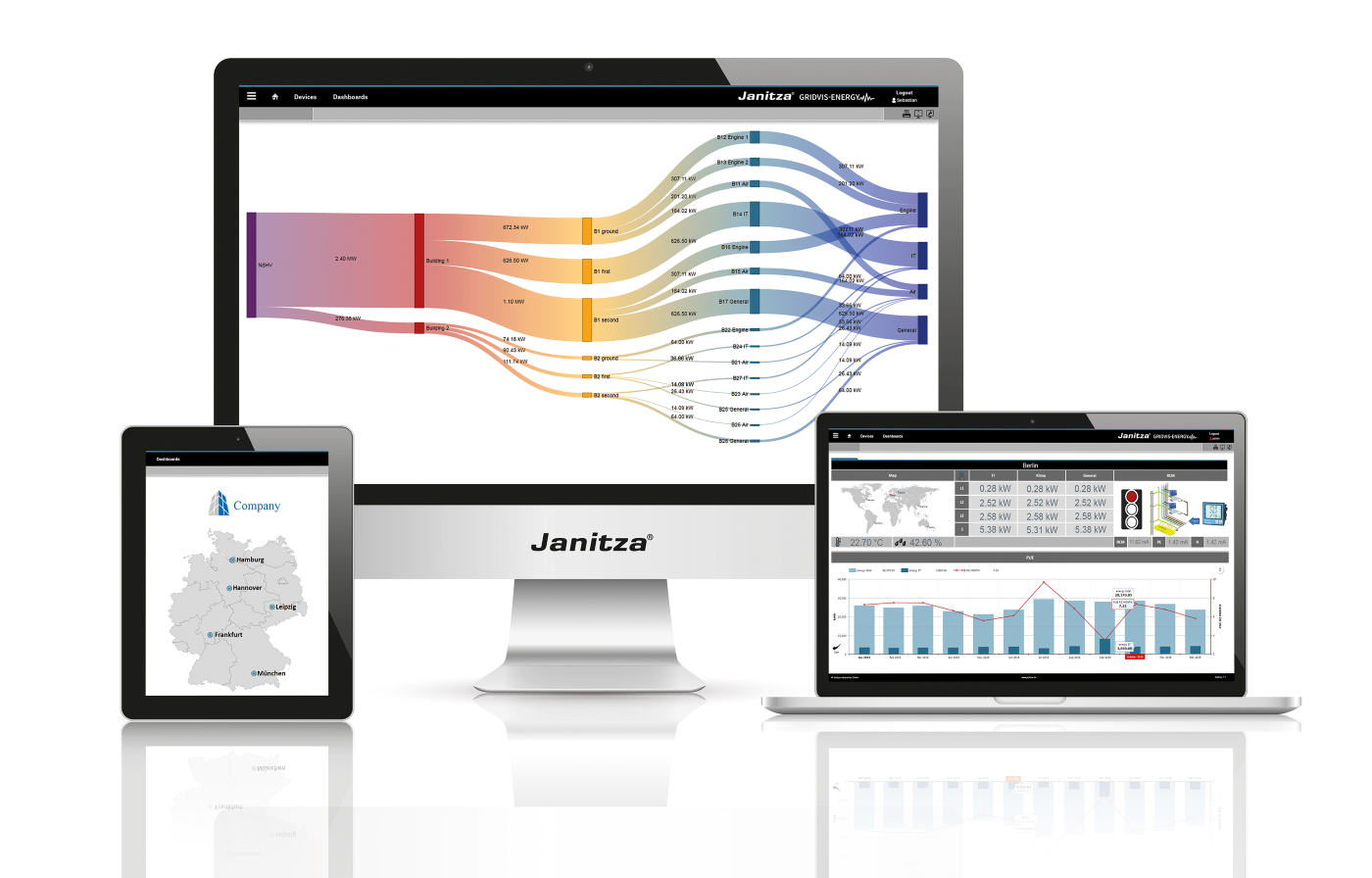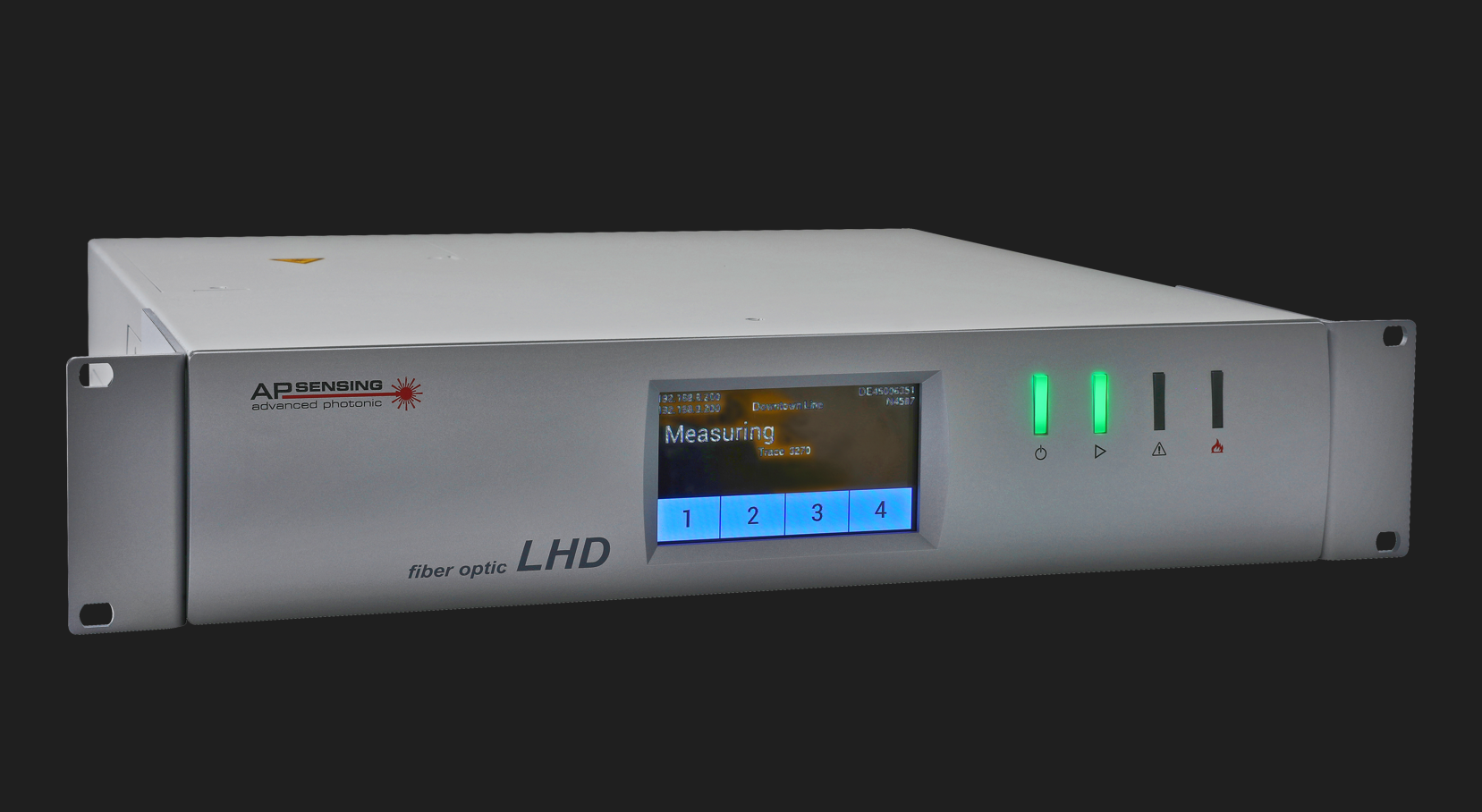Product
News
Product
Security
Nebulon launches TripLine
Nebulon has announced TripLine, a new threat detection service designed to alert customers when a cryptographic ransomware attack has been detected, as well as the precise location and point-in-time the attack occurred. The company also announced smartDefense, a cyber security solution that narrows threat vectors, detects ransomware attacks, and accelerates recovery.
Despite the growing awareness about the dangers of ransomware - nearly two-thirds (63%) of the codebases in production have unpatched vulnerabilities rated ‘High’ or ‘Critical’ according to the March 2023 Unit 42 Cloud Threat Report. The same report also cites an average response time of approximately six days to a security alert, whereas it only takes a few hours for threat actors to start exploiting a newly disclosed vulnerability.
Nebulon TripLine is the first combined server-storage threat detection solution for cryptographic ransomware. The new smartInfrastructure service can identify attacks on application data as well as the operating system and application software. TripLine is enabled within two parts of the Nebulon solution: (1) the Nebulon Secure Enclave, an isolated infrastructure domain that includes all server lights-out management, data services, boot and data volumes, and attached SSDs, and (2) the Nebulon ON cloud control plane.
Machine learning (ML) runs in the Secure Enclave and identifies encrypted versus unencrypted blocks in real time. Every 30 seconds, these results are sent to the Nebulon ON cloud, which uses a combination of ML and statistical models to compare that data to the historical average of encrypted blocks for a given volume. A spike in encrypted blocks will generate an alert within a few minutes of the first suspicious result.
“As a provider of electronic medical records and practice management solutions, HIPAA compliance is a top priority for our organisation and our clients,” says Hamid Amjadi, CTO of Prime Clinical Systems. “Nebulon’s new ransomware detection service, combined with its existing recovery features, helps us better protect patient privacy and should be a checklist item for any healthcare provider looking to bolster HIPAA compliance.”
Hyper-converged infrastructure (HCI), which provides no isolation between infrastructure services and application services, is particularly vulnerable to cyber attacks. When the HCI operating system (OS) becomes infected, data services become unavailable and the disks that store snapshots protecting application data become compromised, making fast recovery impossible. This leaves enterprises with no choice but to re-install and reconfigure operating systems and clustering software, then recover application data from backup servers which also likely have been compromised - a process that can take days or even weeks.
Unlike HCI, Nebulon TripLine enables performant ransomware detection and recovery of the entire physical infrastructure without resorting to re-installation or backups. Combined with Nebulon ON, enterprises can benefit from push-button, API-accessible recovery of all affected volumes using TimeJump, Nebulon’s four-minute ransomware recovery service.
Nebulon also announced smartDefense, a new smartInfrastructure solution for narrowing threat vectors, detecting ransomware breaches, and accelerating recovery. smartDefense is intended to complement what organisations have in place for their cyber security framework, adding a solution for the deep server-storage application infrastructure. smartDefense protection relies on Nebulon ImmutableBoot, which maintains a known good version of the operating system and application stack within the Secure Enclave of every server. With every reboot, the server reverts to this trusted software instance, eliminating errant firmware updates or dormant malware in the process.
smartDefense detection and recovery capabilities leverage Nebulon TripLine and Nebulon TimeJump. TimeJump can rapidly recover operating systems, application configurations, and data, reducing recovery time from days to less than four minutes for multiple clusters simultaneously. With the addition of TripLine to the smartDefense solution, customers can precisely identify the point of attack within their infrastructure and revert to a secure state using TimeJump, resulting in a significant reduction in overall threat response and recovery time.
“The focus is shifting from perimeter-level protection to comprehensive solutions that cover the entirety of an organisation's infrastructure, and there are woefully few options to protect the server-storage infrastructure,” says Siamak Nazari, Nebulon CEO. “Since powerful detection and recovery services are architecturally built-in, not bolt-on, CISOs and CIOs should demand such capabilities be an inherent part of any modern infrastructure deployment.”
Beatrice - 10 May 2023
Data Centres
News
Product
The future of the cloud is open source
Aruba has announced its new Managed Kubernetes solution, available in beta version for the European market and designed for developers and IT professionals interested in cloud-native technology, built to serve companies of all sizes, from SMEs to large enterprises.
At KubeCon + CloudNativeCon 2023, Aruba presented its solution to an audience of 10,000 IT professionals, collecting hundreds of sign-ups for its beta programme with the aim of optimising the product in view of the official launch scheduled for July 2023.
Aruba's Kubernetes as a Service (KaaS) solution is built on state-of-the-art hardware, market-leading technologies, and is delivered from a European network of company-owned data centres built to the highest standards. Some of the main features include:
• Get up-and-running in record time - create your Kubernetes clusters in just a few clicks with Aruba’s user-friendly interface
• Grow considering the workload’s pace -the solution has flexibility and scalability at its core, enabling you to scale the resources allocated to cluster based on workloads
• Cost monitoring - the solution’s project-specific organisation enables maximum visibility into resource use and complete cost control
• Maximum redundancy, minimum latency - a free control plane with maximum redundancy guaranteed by three zones. What’s more, data centres are interconnected with latencies of under a millisecond
• Benefit from robust security - Aruba’s data centre network benefits from all relevant physical, logical and data storage security certifications
• Deploy applications quickly - using the wizard, it only takes a few minutes to deploy applications in the cloud
In addition to the fully managed Kubernetes as a Service - the solution also implements multi-cluster mode, perfect for large enterprise organisations that need to manage and orchestrate distributed on-premises, public cloud and edge environments from a single console.
"For Aruba it was fundamental to take part in an event specifically designed for the world of cloud-native development, which gave us the opportunity to experience first-hand the effectiveness of the solution we are developing and to collect the latest feedback in view of the launch" comments Massimo Bandinelli, Marketing Manager of Aruba Cloud. "We met many other Italian veteran companies at the event who appreciated the presence of an all-Italian provider able to offer this managed technology and which will allow them to develop cloud applications with a national interlocutor with European coverage."
Beatrice - 27 April 2023
Data Centres
News
Power & Cooling
Product
The new Schneider Electric Easy UPS 3-Phase Modular
Schneider Electric has introduced the Easy UPS 3-Phase Modular. This robust uninterruptible power supply (UPS) is designed to protect critical loads while offering third-party verified Live Swap functionality. Easy UPS 3-Phase Modular is available in 50-250kW capacity with N+1 scalable configuration and supports the EcoStruxure architecture, which offers remote monitoring services.
With scalability top of mind, Easy UPS 3-Phase Modular enables you to pay as you grow, allowing you to optimise capital investment. It is a part of Schneider Electric’s Green Premium portfolio, which ensures energy efficiency, durability, recyclability, and transparency to help reduce environmental footprint. In addition, this system features advanced technology such as a high-efficiency design, intelligent battery management, real-time monitoring, and control capabilities, making it one of the most cost-effective and energy-efficient UPS solutions available in the market.
“We are excited to introduce Easy UPS 3-Phase Modular to the market,” says Mustafa Demirkol, VP of Offer Management and Marketing for Data Centre Solutions. “This product provides customers with third-party certified Live Swap, modular design, and unwavering reliability in an optimised investment package. Its connectivity provides peace of mind, making it the easy choice for data centres and commercial and industrial applications.”
Business continuity made easy
Easy UPS 3-Phase Modular enables customers to lower their capital expenditures through an optimised capex model. In addition, scheduled downtime is significantly reduced through self-diagnosing third-party certified Live Swappable power modules and static switch, thereby increasing reliability and availability in a compact footprint. Easy UPS 3-Phase Modular is easy to select, configure, install, and maintain, which makes the deployment process seamless. Easy UPS 3-Phase Modular is part of Schneider Electric’s Easy UPS three-phase product portfolio, which focuses on core features to meet the needs of customers at a value price point.
"Our new Easy UPS 3-Phase Modular provides a sustainable, scalable and best-in-class power protection solution for data centres, commercial buildings, process automation and industrial manufacturing environments," says Mark Yeeles, VP, Secure Power Division, UK and Ireland. "By leveraging its Green Premium and circular capabilities, customers can reduce their carbon footprint to meet sustainability objectives without compromise.”
Beatrice - 24 April 2023
Data
News
Product
MariaDB offers observability for all server users
MariaDB has announced that MariaDB SkySQL, a second generation cloud database service, has expanded its observability service to include MariaDB Community Server deployments. SkySQL brings a single view to all MariaDB databases a customer has deployed regardless of which cloud infrastructure or on-prem environment they are running on, increasing efficiency and making it possible to more rapidly identify problems, patterns and anomalies.
Cloud to the rescue for on-prem problems
Unlike general purpose monitoring tools with support for MariaDB Server, SkySQL Observability provides deep insights into all MariaDB database products. SkySQL observability also enables customers to implement availability strategies such as failing over to disaster recovery instances running in SkySQL, getting the most out of cloud and on-prem deployments.
“The world is multi cloud and hybrid, and data must be shared across all these environments,” says Jags Ramnarayan, SVP and SkySQL General Manager at MariaDB. “You can’t manage effectively what you can’t monitor. Nearly every customer of ours is running MariaDB databases in a mix of places, database-as-a-service in SkySQL or on their own on cloud infrastructure or on-prem environments. We want to make it simple for our customers to have a view into all their MariaDB databases, including MariaDB Community Server deployments. With SkySQL Observability, we provide a single view from a centralised point, making it possible to recognise patterns and act quicker.”
SkySQL observability is a unified monitoring service that delivers:
• Dashboards for real-time insights on performance and capacity usage
• Log collection, event management and alerts with notification services
• Insights on MariaDB Community Server, MariaDB Enterprise Server, MariaDB ColumnStore and MariaDB Xpand deployments
• An observability API to integrate into third-party observability services, such as Datadog, AppDynamics and New Relic
Availability and pricing
MariaDB SkySQL Observability is available now and is free to use for databases covered under a MariaDB subscription. For additional databases not covered under a subscription, such as any MariaDB Community Server databases, pricing starts at $45 a month per database node. Volume pricing is available for more than 20 database nodes.
Beatrice - 24 April 2023
News
Product
FlexFusion XGL expands Panduit’s ITE cabinet solutions
Panduit has extended its FlexFusion series cabinet range with the introduction of the FlexFusion XGL cabinets. The new cabinets are ideally suited for network and server equipment and provide maximum capacity to manage high cable density in data centre, enterprise or colocation deployment. Available with lockable door solutions, customers can securely house 19in rack mount IT equipment, providing extensive cable management options within a thermal-efficient cabinet suitable for hot aisle/cold aisle or thermal containment deployment.
Manufactured in welded steel, the cabinets are available in fix configurations of 600mm and 800mm widths, 1,070mm and 1,200mm depths and 42RU and 48RU heights, increasing the ease of use of the FlexFusion family to offer customers precision solutions. The front single hinge door and split hinged rear doors provide 80% open perforation, maximising the cooling airflow to the ITE, while maintaining strength and rigidity. Doors with 170-degree open angle minimise aisle obstruction. The horizontally split side panels allow ease of interconnection of equipment in a side-by-side configuration whilst brush cable top-of-the-cabinet entry points greatly reduce air leakage.
These cabinets - with fully adjustable front and rear cage nut equipment rails - are available in black and white and have a shorter lead time than Panduit’s individually customisable FlexFusion XG cabinets. They retain maximum scalability for future MACs, and these cabinets offer a massive static weight capacity of nearly 1.6t (3,500lbs) and offer a rolling load of up to 454kg (1,000lbs).
FlexFusion XGL cabinets offer the essentials to improve deployment, such as levelling legs, casters, ganging brackets and floor mounting brackets, as well as being integrally bonded without the use of grounding wires to provide a safe and reliable network while reducing installations costs.
The FlexFusion cabinet system from Panduit complies with EIA-310-E, TIA/EIA-942 and UL2416 standards.
Beatrice - 17 April 2023
Data Centres
Product
Making the invisible visible
Following a data centre accident with a high-power laser, in which a network engineer was injured, Scintacor was approached to develop a tool that could help prevent future incidents. This endeavour brought about the creation of the IRis Laser Safety Wand. Now written into the risk assessments and standard operating procedures for data centres around the world, the IRis is a critical tool for protecting personnel and infrastructure.
The powerful lasers that run through cables are invisible to the naked eye. IRis (Infra-Red Intelligent Scintillator) works by making the invisible, high power IR laser light, commonly used in DWDM systems operating in S/C/L bands at around 1500nm, visible. Further, IRis deliberately prevents the mis-registration of false positives of lower power lasers also used in data centres. The IRis enables engineers to validate that the high-power laser has been de-activated before they start work on an optical fibre or connector whilst still allowing the lower power lasers to operate.
Lasers within data centres
To constantly process an immense amount of information, lasers are used by data centres on an enormous scale to transmit information across a wide range of applications.
While many lasers are harmless, some are extremely powerful. Because of their processing requirements, many data centres use lasers with power high enough to cause damage to infrastructure or people (up to 1W). Some Lasers have the potential to set fire to paper, burn through materials, or cause instant, serious, and life-long harm to people - especially if pointed at the eyes.
The powerful lasers that run through fibre optic cables are invisible. Without the help of specially designed tools, network engineers cannot detect if the lasers are inactive before interacting with cut or disconnected cables. Though data centres already implement Method of Operations Procedures (MOPs) to ensure that high-powered laser beams are switched off before an engineer starts work, including measures such as control-restricted doors or tools that clamp onto fibres to help detect the presence of lasers, there is still a risk that the lasers are active. IRis removes this risk by providing a device that can be held up against cut cable fibres from a reasonably physical distance to instantly verify that a high-power laser is not active.
The solution - IRis Safety Wand
Key attributes include:
• Large active area accommodates fibre bundles up to 34mm diameter.
• Portable, lightweight, and robust, the wand comes on a lanyard, so that it is easily carried and always within reach.
• Non-reflective surface minimises the risk of injury from stray reflections.
• Ready to use - no batteries or power needed.
• Soft interior protective pouch for safe storage.
• Customisation is available to support company branding or safety messaging.
“We have had the pleasure of developing our products for many different clients and applications over the years. By delivering a laser detection wand that ticks all the boxes for data centres and helps keep their staff safe, we have got an exciting, highly effective product that the whole industry can benefit from,” says Andrew Lee, CTO at Scintacor.
Beatrice - 6 April 2023
News
Product
VMware enhances VMware Tanzu and VMware Aria platforms
Today’s businesses must prioritise software agility to enable resilience amidst turbulent macroeconomic times. But adoption at scale is challenging given the different clouds, tools, methodologies, and skills needed to successfully accelerate and mature application delivery. As cloud native concepts and adoption grows, it’s essential to invest in capabilities that accelerate developer productivity, drive revenue, and stay competitive. VMware has announced new capabilities across the VMware Tanzu and VMware Aria platforms to empower customers with the capabilities to take a cloud-smart approach to modern application delivery across any cloud.
“Our customers across the enterprise are engaged in a cumbersome balancing act - juggling multiple tools, teams, clouds, and operating models, while at the same time keeping developers productive and the operations team equipped to keep pace. This scenario demands a new approach around a common cloud native app platform and a multi-disciplinary platform engineering team,” says Purnima Padmanabhan, General Manager and SVP, Modern Applications and Management Business Group, VMware. “Customers tell us they need to rapidly innovate while at the same time manage cost, security, and performance. In response, we expedited the launch of new capabilities across VMware Tanzu and VMware Aria. We are committed to helping customers drive innovation and optimisation every step of the app development and cloud management journey.”
Tanzu Application Platform 1.5, with new capabilities will enable companies to build and deploy more software, more quickly and securely, through a rich set of developer tooling. It offers pre-paved, more secure golden paths to production customised to customers businesses. The Tanzu Application Platform 1.5 release enhances end-to-end app security, streamlines developer and platform engineering experiences, and expands support for leading third-party integrations, including improved developer and platform engineering experiences, more streamlined deployments at scale on EKS with AWS QuickStart, expanded Azure support, out of-the-box, and an expanded customer choice of security tools like auto-configuration of Transport Layer Security (TLS), and support for external security tools for secrets management.
As part of its commitment to supporting customers at every stage of Kubernetes platform maturity, VMware also announced several updates to Tanzu for Kubernetes operations that aim to increase security, choice and operational efficiency of multi-cluster and multi-Kubernetes platform operations across any cloud. Tanzu Mission Control now supports full lifecycle management of new and existing AWS EKS clusters, the ability to mutate the security context for containers and pods and allows the modification of OPA Gatekeeper policy settings at all levels such as organisation, cluster group, and cluster. These capabilities enable platform teams to adopt a ‘shift-left’ approach to security and greater flexibility to navigate the ever-changing world of Kubernetes security policy management.
Additionally, the company is introducing innovations across the VMware Aria platform including Aria Hub powered by Aria Graph, Aria Cost powered by CloudHealth, and Aria Guardrails. VMware Aria solutions help cloud operations teams to harness multi-cloud capabilities with intelligent insights into distributed environments, and provide the capabilities that enable optimised cost, performance, and security of applications and infrastructure aligned to business priorities. In times of increased budget scrutiny, the increased governance, security, and cost management that the VMware Aria portfolio provides is vital for business leaders focused on efficiency and scale.
VMware improves multi-cloud visibility with the addition of Google Cloud support in VMware Aria Hub Free Tier alongside AWS and Azure, adds support for Kubernetes environments with a new infrastructure dashboard with service-to-service topology view, and adds VMware Aria Guardrails capabilities, including landing zones policies templates and config drift management, to the Free Tier.
For expanded multi-cloud cost management, VMware Aria Cost now includes support for Alibaba Cloud, enabling customers and partners to gain visibility into all Alibaba Cloud costs and usage in a single platform and streamline decision-making. The addition of Alibaba Cloud expands existing VMware Aria Cost support for Amazon Web Services (AWS), Microsoft Azure, Google Cloud Platform, Oracle Cloud Infrastructure, VMware Cloud on AWS (beta), data centre, and containerised environments. VMware Aria Cost is also expanding its Kubernetes reporting capabilities by introducing the ability to right-size Kubernetes environments to optimise cloud-native application environments in addition to the cloud.
Lastly, VMware continues to automate and streamline cloud infrastructure management with full-stack visibility across private, hybrid and multi-cloud environments. VMware Aria Operations introduces a new integration with Aria Observability (a multi-cloud observability solution) to enable IT teams to gain contextualised visibility across their infrastructure, Kubernetes environments and applications with the aim to eliminate the need for disparate tools to effectively manage multi-clouds and provides a holistic platform view enabling faster troubleshooting and reducing mean-time-to-resolution to improve application performance.
Beatrice - 5 April 2023
News
Product
Siemens partners with NTT to decarbonise industry
The Siemens Xcelerator ecosystem now encompasses NTT Communications and NTT DATA. To enable climate neutral production, using materials from a sustainable supply chain, Siemens will work with these two companies to develop a range of products and services for decarbonising. A one-stop portfolio will be created as a part of the Siemens Xcelerator business platform, where the Sigreen carbon emission management tool from Siemens will be combined with NTT Communications and NTT DATA’s integration services.
“The decarbonisation of industry is a global challenge. To achieve it, we need to work together across continents. Siemens, NTT Communications and NTT DATA are combining IT and automation technology skills to give our customers enormous leverage for making their production more sustainable,” says Cedrik Neike, member of the Managing Board at Siemens AG.
Sigreen enables companies to determine and share the carbon footprint of a product along the supply chain in a secure and trustworthy manner. When it comes to decarbonising industry, it’s also necessary to factor in production in the upstream supply chain, because that’s where up to 90% of emissions are generated, depending on the depth and stage of value creation.
Determining emission data requires comprehensive information from a number of systems within a company. To do this efficiently, operational technology (OT) on the shop floor and IT systems should both be connected to Sigreen. This is especially necessary in companies that would like to automate the calculation of carbon emissions at the product level. This connection requires extensive expertise in the area of data integration, and customers need qualified partners to support them globally throughout this process.
The Sigreen software belongs to the Siemens Xcelerator portfolio and is available as a service. It’s interoperable with products from Siemens as well as third parties, and provides open data interfaces (APIs).
The ability to securely share product carbon footprint (PCF) data between companies and across industries is made possible by open data ecosystems, like Catena-X and Estainium, which ensure the data sovereignty of the companies involved. Interoperability between different data ecosystems is being tested as part of the collaboration. For example, the international exchange of PCF data between Japan and Europe will be put to the test.
Beatrice - 5 April 2023
Data Centres
Product
Improving power quality in data centres
CP Automation has announced that it now supplies Janitza’s test and measurement products to the UK market. The move will equip CP Automation’s customers with a full power quality service, from the identification to the mitigation of harmful power quality issues, helping maximise uptime in the data centre industry.
Data centres place high demands on the electrical supply network and require consistent power supplies to run efficiently. If a data centre experiences outages and downtime for even a short period, then the company’s reputation can be severely damaged - maintaining power quality is critical to ensuring this doesn’t happen.
The Janitza portfolio, now available through CP Automation, offers a whole suite of power quality solutions aimed at maximising data centre uptime, including digital measurement equipment, universal-measurement devices, power factor controllers and peak demand management systems. Such equipment is essential to comply with standards such as IEC/EN 61000-4-30, EN 50160 and IEEE 519, through the monitoring of harmonics, current and voltage imbalances and any transients or rapid voltage changes.
Of particular importance when maintaining power quality in the data centre industry is the monitoring of residual currents from unwanted conductive paths - something the Janitza product line offers in abundance. Power analysers like the UMG 96-PQ-L offer cost effective power quality analysis, residual current monitoring (RCM) and temperature monitoring, to ensure complete power quality transparency at every level and thus avoid system failures.
“Data centre operators will benefit from the RCM capabilities offered by Janitza products, as it means they can overcome the need for mandatory testing and power disconnection,” says John Mitchell, Global Sales and Marketing Director at CP Automation. “Janitza’s GridVis power grid monitoring software plays a critical role in the RCM capabilities by facilitating continuous monitoring, which allows operators to detect issues early and avoid the need for periodic shutdowns.”
Beatrice - 4 April 2023
News
Product
Introducing the LHD N45-Series from AP Sensing
AP Sensing has unveiled the launch of its third-generation fiber optic Linear Heat Detection (LHD) system - the N45-Series.
“We are excited to introduce the LHD N45-Series to the market. With its unmatched performance, reliability, safety, and ease of use, the system raises the bar for fiber optic Linear Heat Detection, giving our customers the peace of mind needed to operate safely and efficiently,” says Clemens Pohl, CEO of AP Sensing.
The LHD N45-Series boasts what AP Sensing says is the longest certified distance range on the market, with up to 16km and four channels for all distance ranges. It is intuitive to use with a fully integrated web server offering simple configuration via browser, one-click validation of compliance configuration settings, 2,000 configurable alarm zones per channel and up to 98 integrated relay contacts. Additionally, the system offers a cost-effective solution that is easy to install, low maintenance, immune to electromagnetic interference (EMI), and provides precise location and monitoring of fire events.
Safety and system reliability are a key feature of the new LHD system, with an MTBF of 35 years, extensively tested rugged housing design, state-of-the-art IT security standards, and benchmark levels of quality. The system offers the most complete set of type tests and certifications on the market including EN54-22 (VdS), UL 521 (UL), CAN/ULC-S530, SIL-2, and ATEX and IECEx for critical areas.
Beatrice - 29 March 2023

Head office & Accounts:
Suite 14, 6-8 Revenge Road, Lordswood
Kent ME5 8UD
T: +44 (0)1634 673163
F: +44 (0)1634 673173


